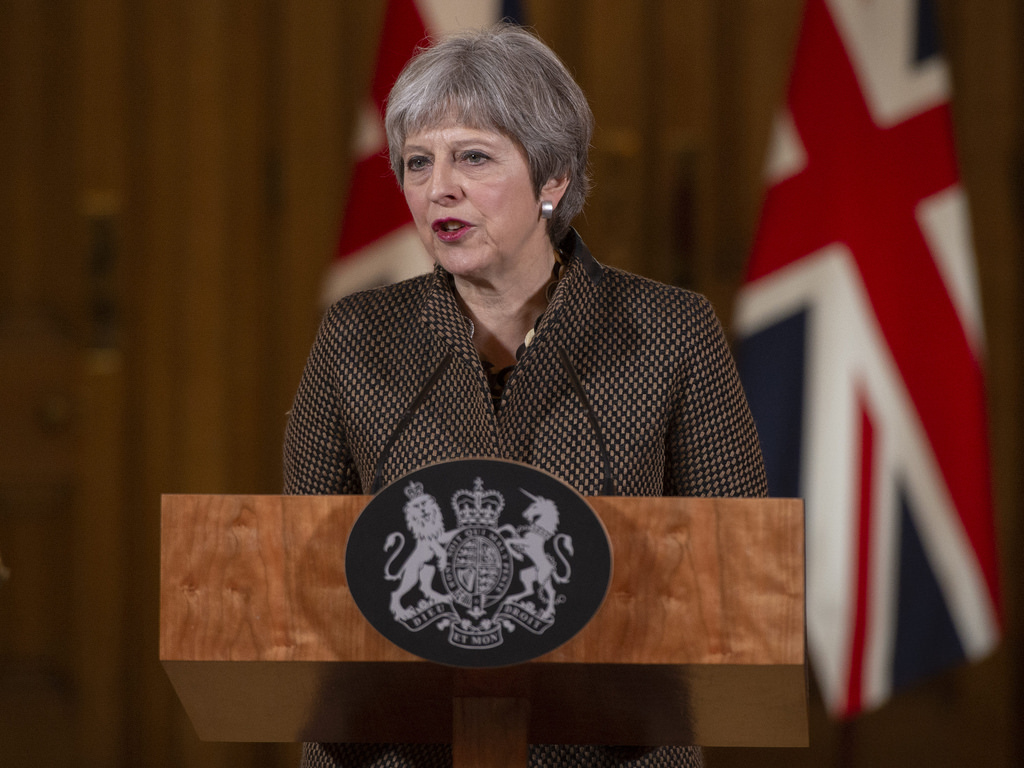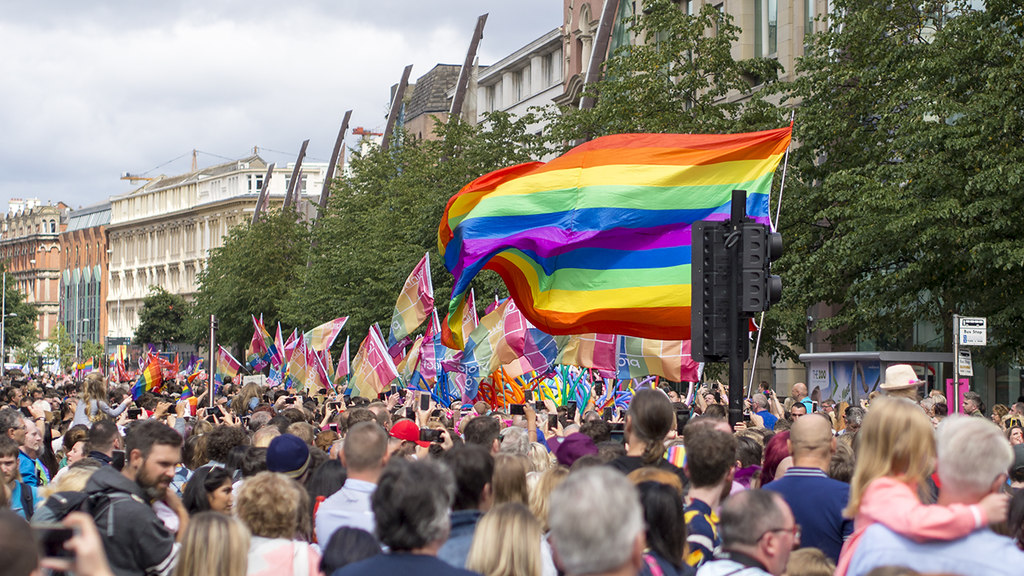When the Gender Recognition Act (GRA) was passed in 2004, it was celebrated as an enduring pillar of transgender rights. However, less than 15 years later, many trans people feel that it is no longer fit for purpose, so the government is now consulting the public on its reform.
The GRA was introduced in 2004 following a ruling in the Human Rights Court, after a landmark legal challenge. Two transgender women, Christine Goodwin and another identified as I, challenged the UK’s refusal to legally recognise their gender identity, arguing that in doing so the state violated their human rights, specifically the right to privacy (Article 8) and right to marry (Article 12).
They won, and shortly after the Gender Recognition Act 2004 passed through parliament. The act provided a legal route for those with gender dysphoria to officially change their gender identity and be recognised as such by the state.
Now, the government has opened a public consultation into possible reform of the Act. The proposed changes follow long-term criticism from trans people and a 2016 Women and Equalities Committee study recommending a full review of its deficiencies, and the introduction of a so-called “Self-Identification” (Self ID) approach to gender recognition.
Self-ID would remove the requirement for trans people to be subjected to medical examination, and the need to present evidence of their gender identity to a panel.
Instead, they would be free to self-declare the gender they would prefer to be legally recognised as.
Why Is There Criticism Of The Gender Recognition Act?
 Image Credit: Pixabay
Image Credit: Pixabay
Well, there are a few issues.
Firstly, the GRA requires that trans people seeking legal recognition of their gender must have lived in the gender they would like to be identified as for more than two years, and to the satisfaction of a Gender Recognition Panel – a body of experts who consider the evidence, but do not meet applicants.
This is important to trans people, as this is the process through which they are issued a Gender Recognition Certificate – the document which allows them to change their gender marker on legal documents, including birth certificates.
The lengthy, exhaustive process has been criticised for being excessively bureaucratic, resulting in rights violations such as trans women being placed in male prisons – with awful consequences.
But this isn’t just a paperwork issue – the Scottish government last year condemned “intrusive and onerous” invasions into the lives and bodies of transgender people as a result of the evidence required.
As part of the process of acquiring a Gender Recognition Certificate, trans people are required to first receive a mental health diagnosis of gender dysphoria – despite the fact it has not been considered a mental illness under UK government policy since 2002, and the World Health Organisation has also declassified it.
Is There Political Support For Reform?

Image Credit: Number 10 / Flickr
Theresa May has sided with trans people on this issue, telling the PinkNews Awards earlier this year “We have set out plans to […] de-medicalise the process for changing gender, because being trans is not an illness and shouldn’t be treated as such.”
Since the introduction of the GRA in 2004, the government says “only 4,910 people” have legally changed their gender – around 1 per cent of the UK’s transgender population by some estimates. What this means is that trans people are simply not using the GRA in its current form.
We have set out plans to de-medicalise the process, because being trans is not an illness and shouldn’t be treated as such.
Theresa May
Compare this with the 124,882 people who took up the option of a civil partnership between the introduction of the Civil Partnership Act and the introduction of same-sex marriage in 2014, and it’s clear why trans campaigners say the law isn’t fit for purpose.
Each application for a Gender Recognition Certificate costs £140, and there is no guarantee a valid application will be approved, meaning the cost can be repeatedly incurred.
Former boxing promoter and trans woman Kelly Maloney said her application was rejected on a number of occasions, and referred to the process as “very hard and very intrusive”.
The Effect of GRA Reform on Discrimination Law

Image via Flickr / Ted Eytan
Some campaigners have criticised the proposed Self-ID system. For these groups, the issue of reform rests on the impact it will have on women-only spaces, including prisons, bathrooms, and shelters.
However, under the current system, trans women already have a right to access these services equally to cis women [women whose gender identity corresponds with their birth sex], apart from in some very specific and limited circumstances.
Under the Equality Act 2010, both sex and gender reassignment are protected characteristics – meaning the legislation protects you legally from suffering discrimination on the basis of these characteristics. Therefore, transgender women should be treated exactly the same as cis women in most instances, including access to services.
The Equalities and Human Rights Commission’s guidelines state there is “no requirement for a trans person to have any kind of medical supervision or intervention” to be given the protection from discrimination under the Equality Act 2010.
So in this sense, self-identification and self-declaration is already in use.
However, there is also a provision in law for single-sex service providers in “very restricted circumstances”, that means it can currently be lawful to refuse someone service based on the characteristic of gender reassignment, when the law deems it necessary and proportionate.
Critics have also pointed to the case of Karen White in reference to how the changes might affect safety in women’s prisons, and suggested that if Self-ID were adopted into law, men would self-declare as women to serve a prison sentence with women, therefore endangering the women.
This argument ignores that the vast majority of trans prisoners are already assigned to gender-appropriate prisons, with relatively little incidence of abuse.
All trans people cannot be held responsible for the actions of one individual. It is the responsibility of Her Majesty’s Prison and Probation Service, which has a duty of care to all prisoners – to assess, manage, and mitigate any risk of harm.
Risk must be dealt with in an evidenced-based way and placing a convicted sex offender in a women’s prison without appropriate safeguards is bad practice.
Ok, But How Do We Know What Will Really Happen?

Dublin Pride 2017, via Flickr / William Murphy
We can take a look at countries who already have a system of “statutory declaration” (what’s been labelled as self-ID), including Ireland, Canada, Germany and Portugal. Essentially, a person commits a statement, signed in the presence of a solicitor, doctor, or other relevant people, that they will live the rest of their lives in their declared gender – it’s not a reversible change.
When the Scottish Government consulted on the systems in place in other countries, they also couldn’t identify “evidence of false or frivolous statements made by applicants.”
The Irish Gender Recognition Act, passed in 2015, allows anyone over the age of 18 to self-declare their gender identity, while 16 and 17 year-olds can also apply for legal recognition through the courts with a higher level of scrutiny.
In contrast, in the UK a Gender Recognition Certificate cannot be obtained by anyone under the age of 18 – meaning a child can live, socialise, and be identified entirely within their preferred gender for many years, but still be unable to change the gender on their birth certificate – a restriction some view as discriminatory.
There is also a human rights justification for the change in Irish law: under the Irish Human Rights and Equality Commission Act 2014 (Section 42) the state and public bodies are required to take “proactive steps to eliminate discrimination”.
Three years on from its adoption, the Act is being tentatively hailed as a success. The planned two-year review of the legislation was completed earlier this year, and reported 298 applications received – of which 297 were accepted.
The review’s recommended changes include a pathway for under-16s to obtain legal recognition of their preferred gender, recommending an administrative system based on parental consent, similar to the process through which 17-18 year-olds in Ireland, and adults in the UK, obtain a Gender Recognition Certificate.
It also suggests Ireland considers meeting further obligations under several articles of the UN Convention on the Rights of the Child, including discrimination, the child’s best interests, right to life and the child’s right to a voice in decisions regarding their life.
So, What Does It All Mean?

Image via Geograph
Ultimately, reforming the Gender Recognition Act is about taking decisions on our identity, dignity and private lives out of the hands of doctors and politicians, and placing them in our own hands – where they belong.
Dignity is at the heart of human rights, and the majority of trans people say that the Gender Recognition Act does not adequately or respectfully meet their needs – we think that’s something worth listening to.






